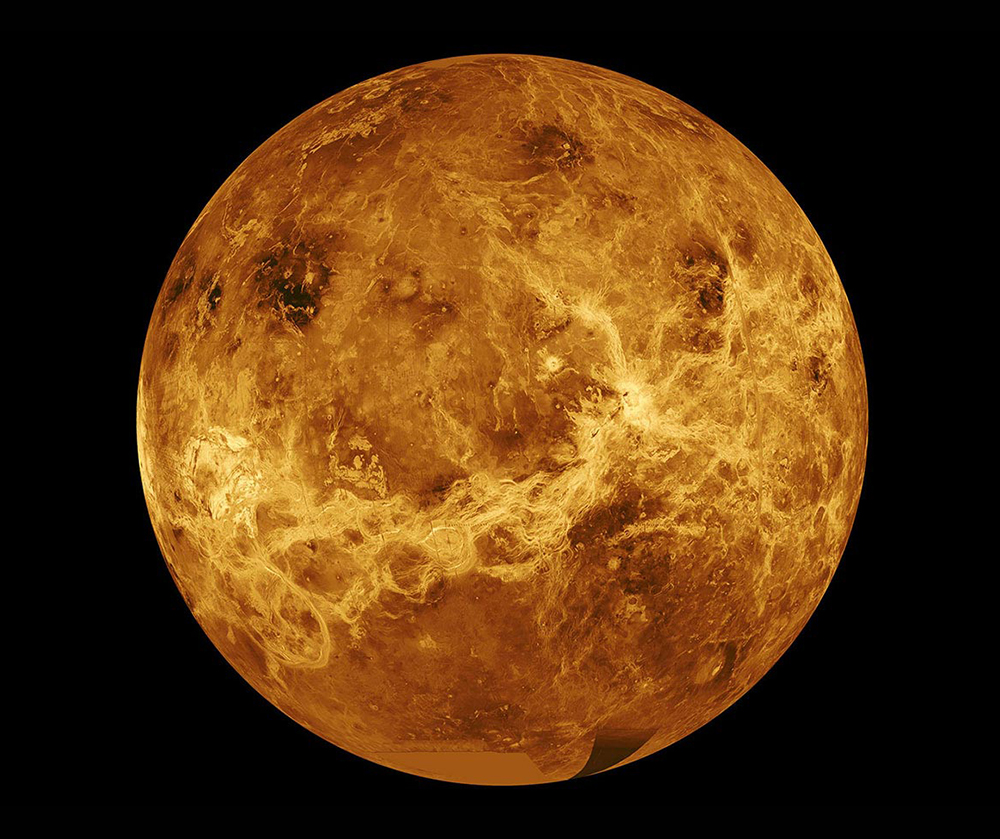GEARED MODELS OF THE SOLAR SYSTEM.
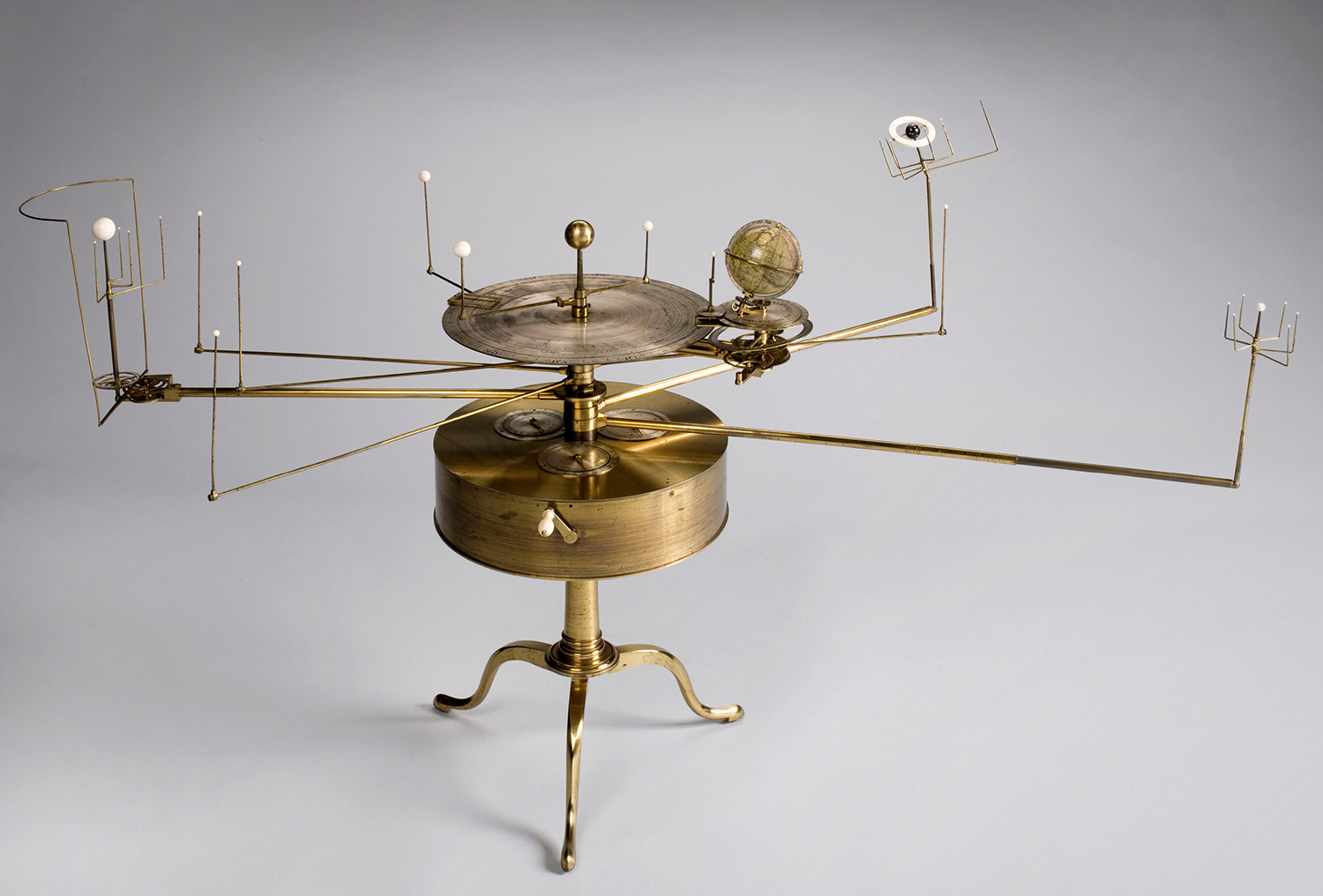
An orrery represents the relative positions and motions of the planets. It’s named after the Earl of Orrery, who commissioned one of the earliest mechanical planetary models in 1713. The example shown here is turned with a hand crank that, through a complicated set of gears, moves the planets and moons. It was designed by William Pearson in 1813, and constructed sometime in the following nine years by Robert Fidler.
Photograph: Science Museum Group Collection ©The Board of Trustees of the Science Museum
The model is obviously not to scale. The Earth would be tiny, and a huge distance from the Sun. This earlier post was about the scale of the Solar System: https://wp.me/p7LiLW-A8
Below, an image from Smith’s Illustrated Astronomy (1850) with an orrery in front of a diagram of the planets and their orbits.
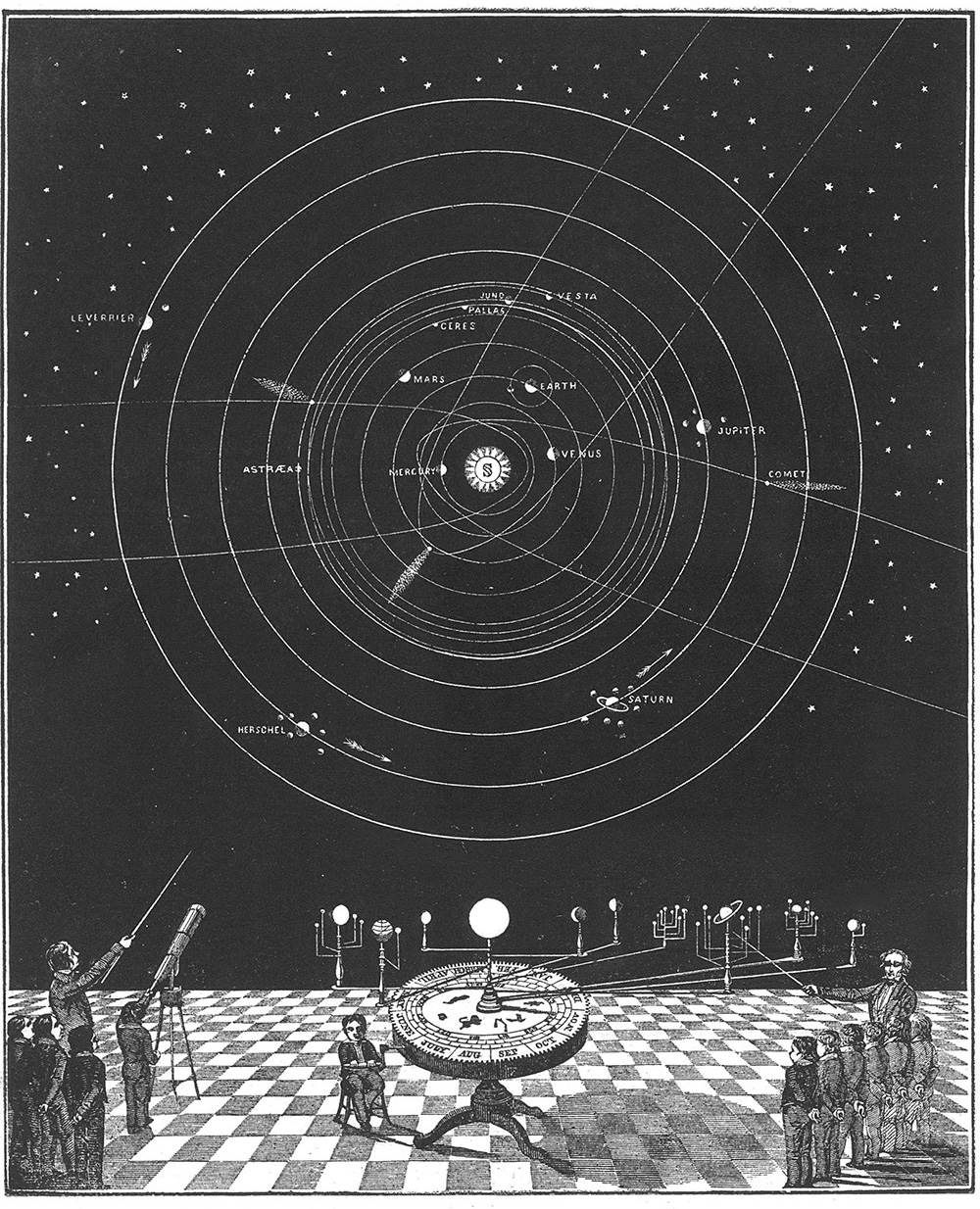
This 1776 painting by Joseph Wright of Derby shows a lecturer discussing an orrery. There’s a lamp in place of the Sun.
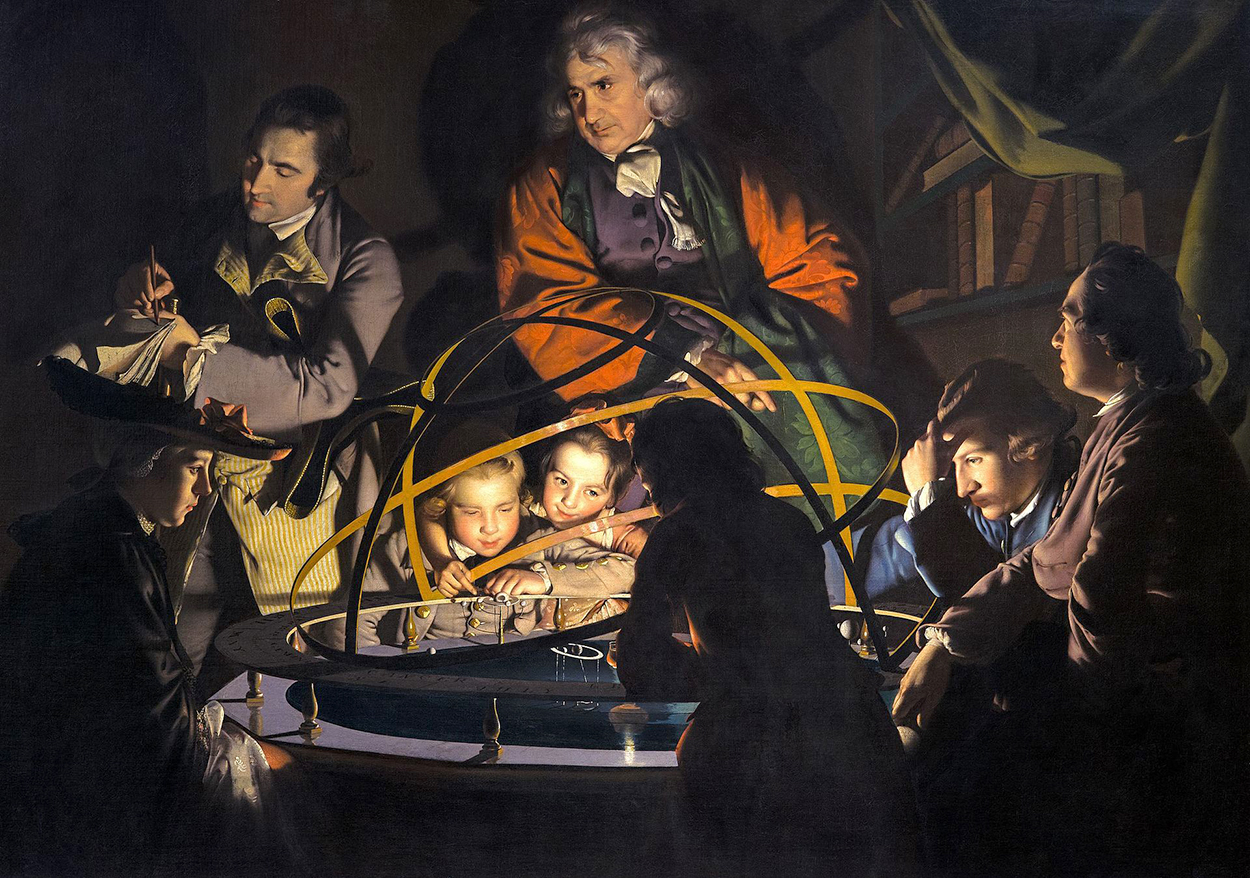
A tellurion (or tellurium, or tellurian) shows the Sun and the Earth. This one was made in 1776.
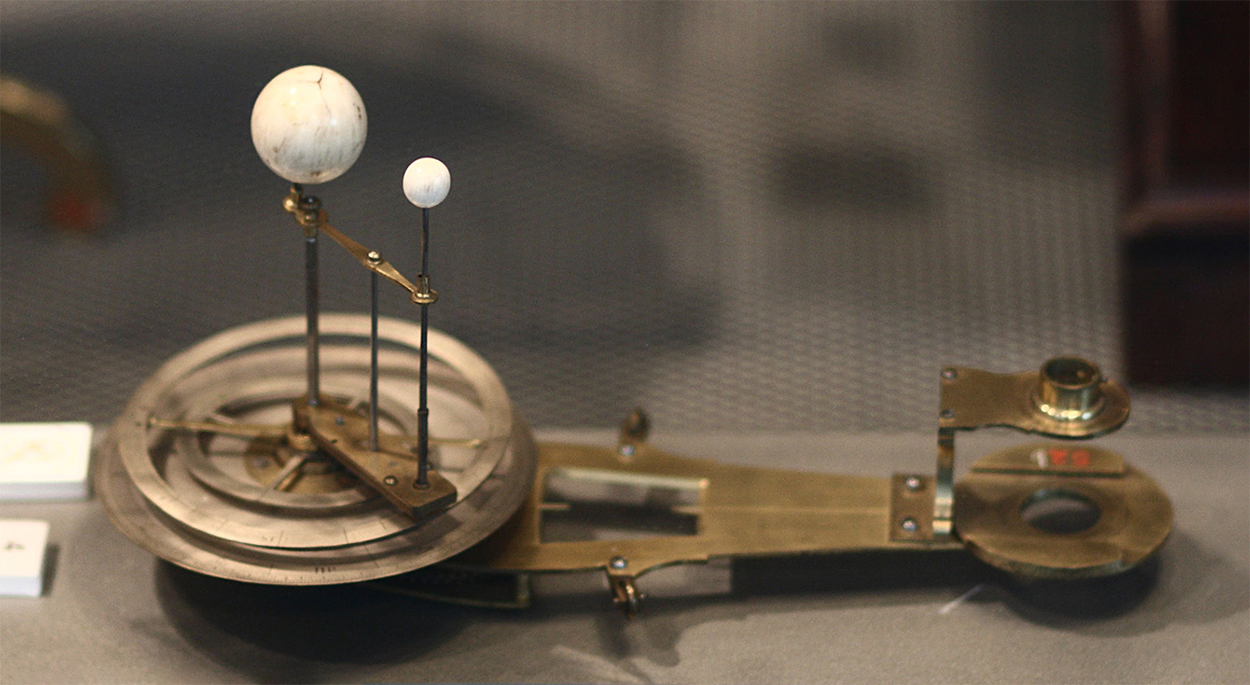
Build your own tellurium. A wooden kit: https://bit.ly/3dLiuhN
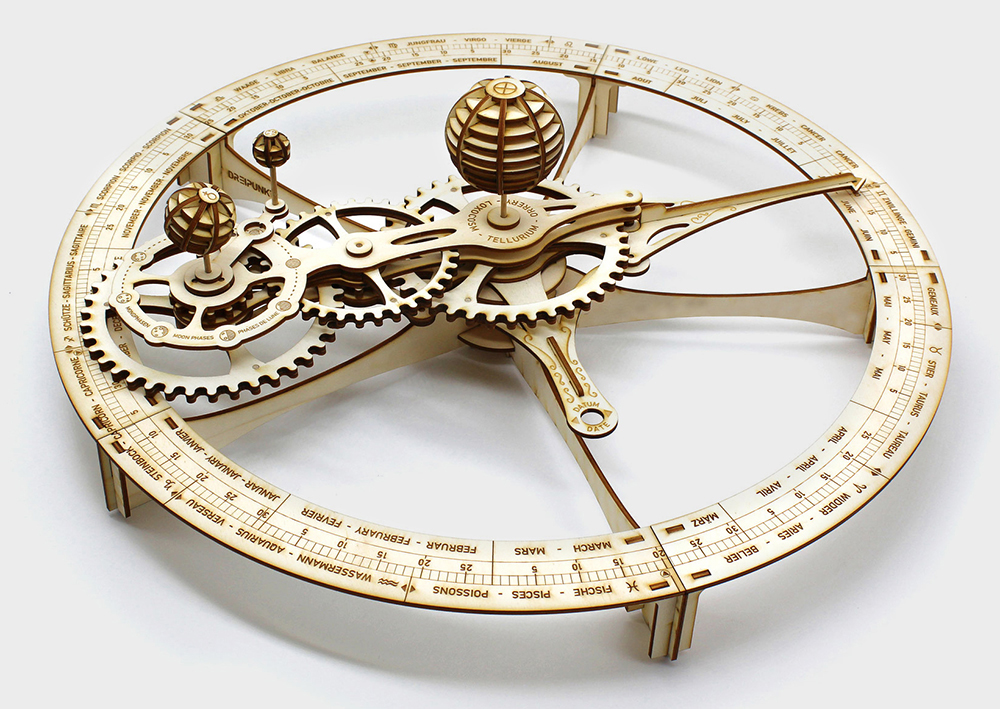
It’s hell out there
The planets look benign in planetary models, but in reality they’re hostile environments, to put it mildly. For example, Venus (shown below) has a toasty average temperature of 870°F (466°C), and Neptune is somewhat cold at -350°F (-212°C), plus it has brisk winds in excess of 1,200 mph (1,931 kph).
